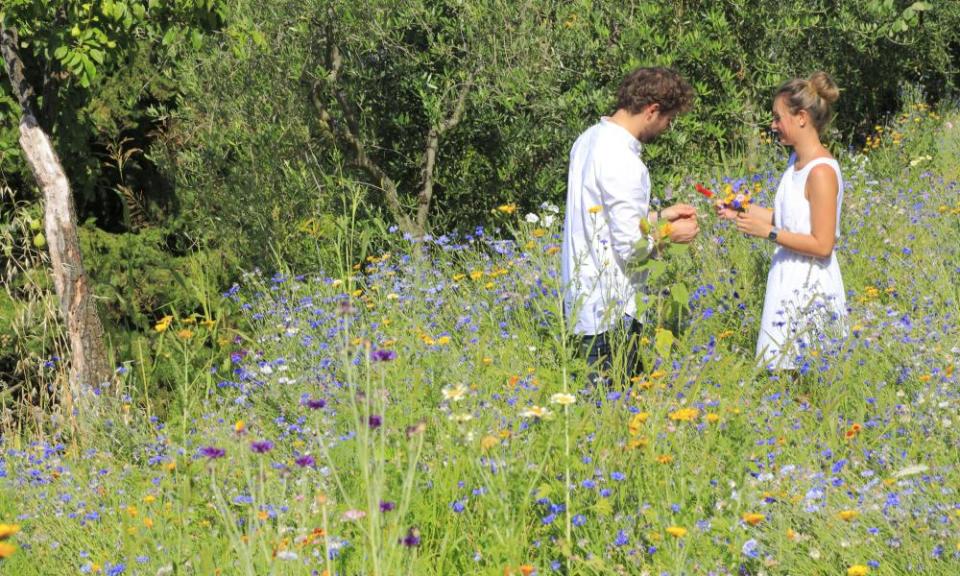Tuscany’s wine superpower

Cecchi Sagrato Chianti Riserva, Italy 2020 (£6.99, reduced from £10.79 until Tuesday, 15 March, Waitrose)
Few wine regions have the same range in price you find in Tuscany. At one extreme, you have some of the glitziest wine estates in the world producing wines with pedantically (and expensively) fastidious attention to detail. The seamless, velvet feel and brocaded complexity of a wine such as Ornellaia 2019 – a Super Tuscan (or Bordeaux-inspired) red blend from the southern Tuscan coastal vineyards of Bolgheri that had its bells and whistles (online) launch, complete with artist commissioned limited-edition bottles and labels in February ahead of its release to the general public (with a retail price likely around £200) on 1 April – is a luxury good on a par with anything on offer at Florence’s fashion houses. At the other extreme, you have vast amounts of quasi-industrial chianti, much of it thin and grim and sold as house wines in the world’s less discriminating trattorias and pizzerias, but at least some of it – step forward Cecchi’s on-offer bottle at Waitrose – offering a satisfyingly supple sour-cherry partner for pasta.
Morrisons The Best Toscana, Italy 2019 (£10, Morrisons)
Tuscany has been at the centre of some of the wine world’s noisiest battles over questions of authenticity. Should producers confine their efforts to local grape varieties, notably variants of sangiovese, the great red variety that is either the sole or majority ingredient in its most famous red wines: Chianti, Brunello di Montalcino, Vino Nobile di Montepulciano? Or should producers be able to plant what they like, using international (by which they really mean “French”) varieties such as cabernet sauvignon, merlot or syrah? As with all questions of wine, I’m very much of the woolly-wet liberal persuasion in thinking that both have a place. Modern Tuscany would be much the poorer without wines such as Ornellaia and its great Super Tuscan Bolgheri neighbour, Sassicaia, with their distinctively Tuscan take on the classic Bordeaux formula. And a wine such as Morrisons’ blend of sangiovese with pugnitello and Bordeaux’s cabernet and merlot, proves that you can make darkly chewy, good-value, warming reds by mixing things up.
Squarcialupi Cosimo Bojola, Chianti Classico, Italy 2018 (£22.45, independent.wine)
Still, while I’m far from dogmatic on the issue, it has to be said that the great majority of my favourite Tuscan red wines over the years have been sangiovese-based. I’d start a list of recent standouts that, between them, show off the grape’s multifarious abilities, with a pair of classic Chianti Classico: Castello di Ama Chianti Classico Ama 2019 (£20.95, vinissmus.co.uk) is wonderfully fragrant and fluent, with notes of oregano and sage among the slick of fresh cherry fruit, while Poggerino Chianti Classico 2019 (£19.95, leaandsandeman.co.uk) is similarly pure and cherryish, almost racy, with a tart-plum-skin edge. Also in the Chianti Classico area, I was very taken with a Tuscan take on the current fashion for using that most ancient of winemaking vessels, the clay amphora: there’s something of Campari’s mix of sour-sweet red fruit and bitter herbiness in the joyously juicy Cosimo Bojola, while Poggio Antico Brunello di Montalcino Riserva 2016 mixes profound brooding depths with alluring aromatic detail (£92.23, wine-invest.co.uk).

 Yahoo News
Yahoo News 